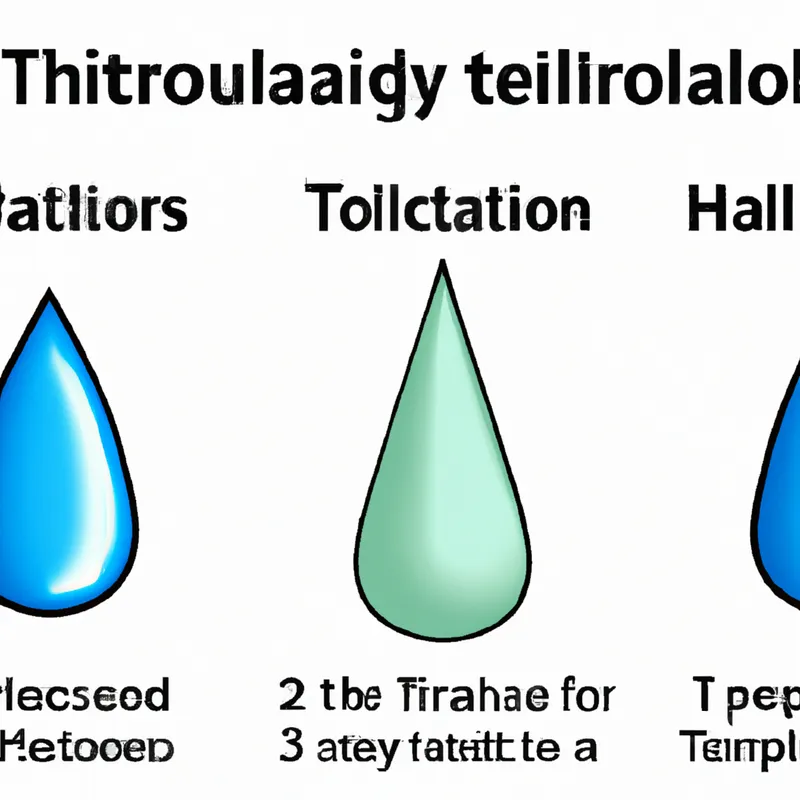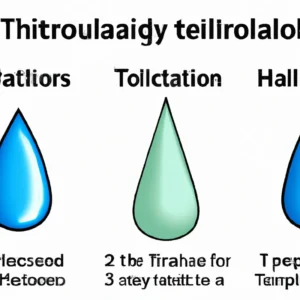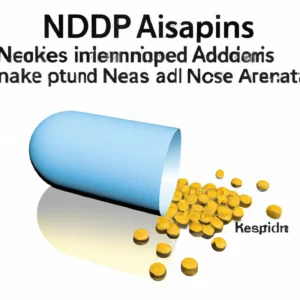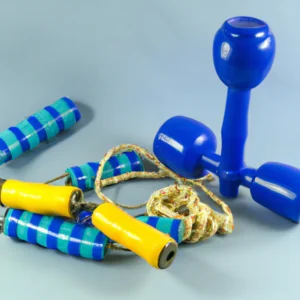Elevate Your Fitness with Protein-Packed Foods
Foods High in Protein for Easy Macro Tracking
Tracking macros can feel overwhelming. Focus on high-protein foods to simplify the process. Protein supports muscle growth, repair, and overall health. This post highlights fantastic protein sources and tips for effective macro tracking.
Why Track Protein?
Tracking macros allows you to control your diet. Protein plays a vital role in nutrition. It helps you feel full and satisfied. Additionally, it supports muscle recovery post-workout. Knowing your protein intake helps optimize fitness goals.
Benefits of High-Protein Foods
High-protein foods provide numerous benefits. They help build and maintain muscle mass. They also boost metabolism. Consuming protein increases calorie burning during digestion. This process is known as the thermic effect of food (TEF).
Furthermore, high-protein foods improve appetite control. They keep you full longer, reducing snacking. Incorporating these foods supports weight management.
Top High-Protein Foods
Variety is key when selecting high-protein foods. Here are some excellent options for your meals.
1. Lean Meats
Lean meats serve as protein powerhouses. Chicken breast, turkey, and lean cuts of beef are excellent choices. A 3-ounce serving of chicken breast contains about 26 grams of protein. This option supports muscle recovery effectively.
2. Fish and Seafood
Fish and seafood deliver high protein and omega-3 fatty acids. Salmon, tuna, and shrimp are great options. A 3-ounce serving of salmon provides about 22 grams of protein. Healthy fats in fish also support heart health.
3. Dairy Products
Dairy products offer substantial protein. Greek yogurt, cottage cheese, and milk serve as excellent sources. A cup of Greek yogurt contains around 20 grams of protein. Dairy also provides calcium and probiotics for gut health.
4. Plant-Based Proteins
For plant-based options, choose legumes and grains. Lentils, chickpeas, and quinoa are protein-rich. One cup of cooked lentils contains about 18 grams of protein. These foods provide versatility and nutrition in meals.
Tips for Easy Macro Tracking
Tracking macros doesn’t need to be complicated. Use these tips to streamline the process.
Use a Food Diary or App
A food diary or macro-tracking app simplifies tracking. Many apps allow barcode scanning for quick entries. This feature saves time and keeps tracking accurate. You can also save favorite meals for easy access.
Measure Portions
Measuring food portions is crucial for accuracy. Use a kitchen scale or measuring cups. This ensures you know exactly how much protein you consume. Precision helps you stay within macro goals.
Plan Your Meals
Meal planning simplifies macro tracking. Prepare meals in advance and portion them out. This strategy saves time and helps you meet protein goals. Planning also reduces the temptation of unhealthy snacks.
Advice for Optimizing Protein Intake
Maximize your high-protein foods with these tips.
Spread Protein Throughout the Day
Distribute protein intake across meals. Aim for 20 to 30 grams of protein per meal. This maximizes muscle protein synthesis and keeps you full.
Pair Protein with Healthy Fats and Carbs
Combine protein with healthy fats and carbohydrates for balanced meals. This combination provides sustained energy. Add avocado to chicken salad or quinoa to lentil dishes. These pairings enhance taste and nourish your body.
Stay Consistent
Consistency is vital for tracking macros. Stick to your plan and adjust as needed. Over time, you’ll learn to balance meals effectively. Remember, small changes can yield significant results.
Conclusion
Incorporating high-protein foods into your diet simplifies macro tracking. Lean meats, fish, dairy, and plant-based proteins make excellent choices. Use these foods to optimize nutrition and achieve fitness goals. With planning and consistent tracking, simplify your macro journey. Start today and experience the benefits!
Below are related products based on this post:
FAQ
Why is tracking protein important for my diet?
Tracking protein is essential because it helps you control your diet and ensures you’re getting the necessary nutrients for muscle growth and recovery. Protein keeps you feeling full and satisfied, which can aid in weight management and optimizing your fitness goals.
What are some top sources of high-protein foods?
Some excellent sources of high-protein foods include lean meats like chicken and turkey, fish such as salmon and tuna, dairy products like Greek yogurt and cottage cheese, and plant-based options like lentils, chickpeas, and quinoa. These foods provide a variety of nutrients and can easily fit into your meals.
How can I simplify macro tracking in my daily routine?
You can simplify macro tracking by using a food diary or macro-tracking app, measuring your food portions accurately, and planning your meals in advance. These strategies can save you time, ensure accuracy, and help you stay on track with your protein goals.















Post Comment